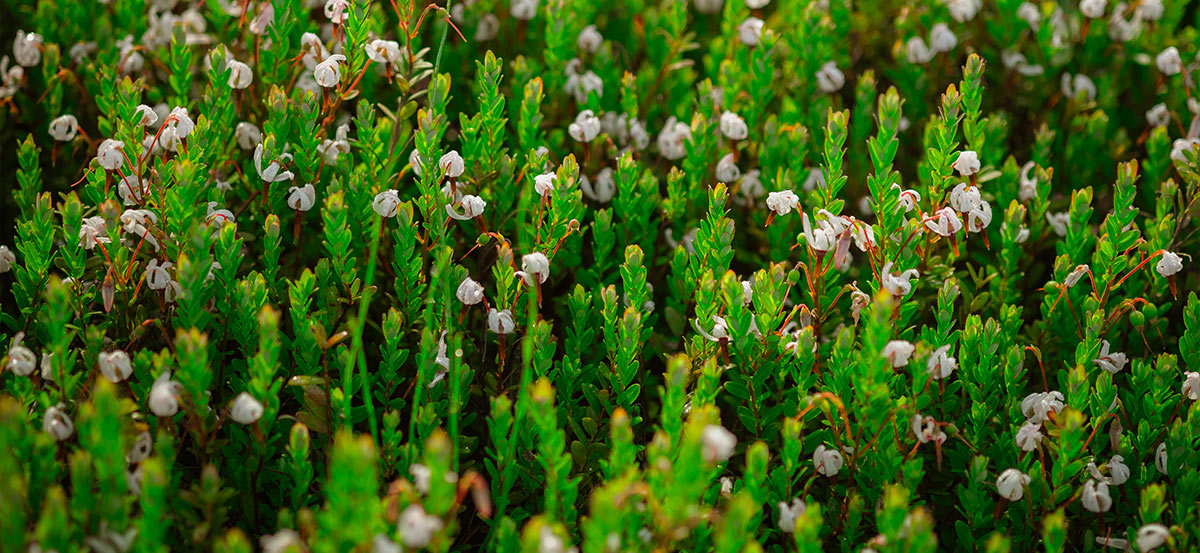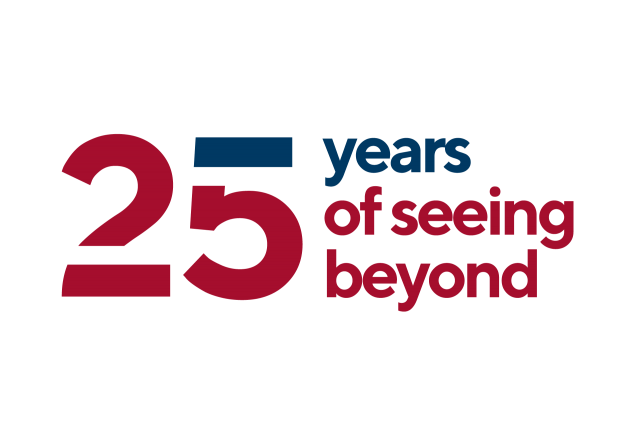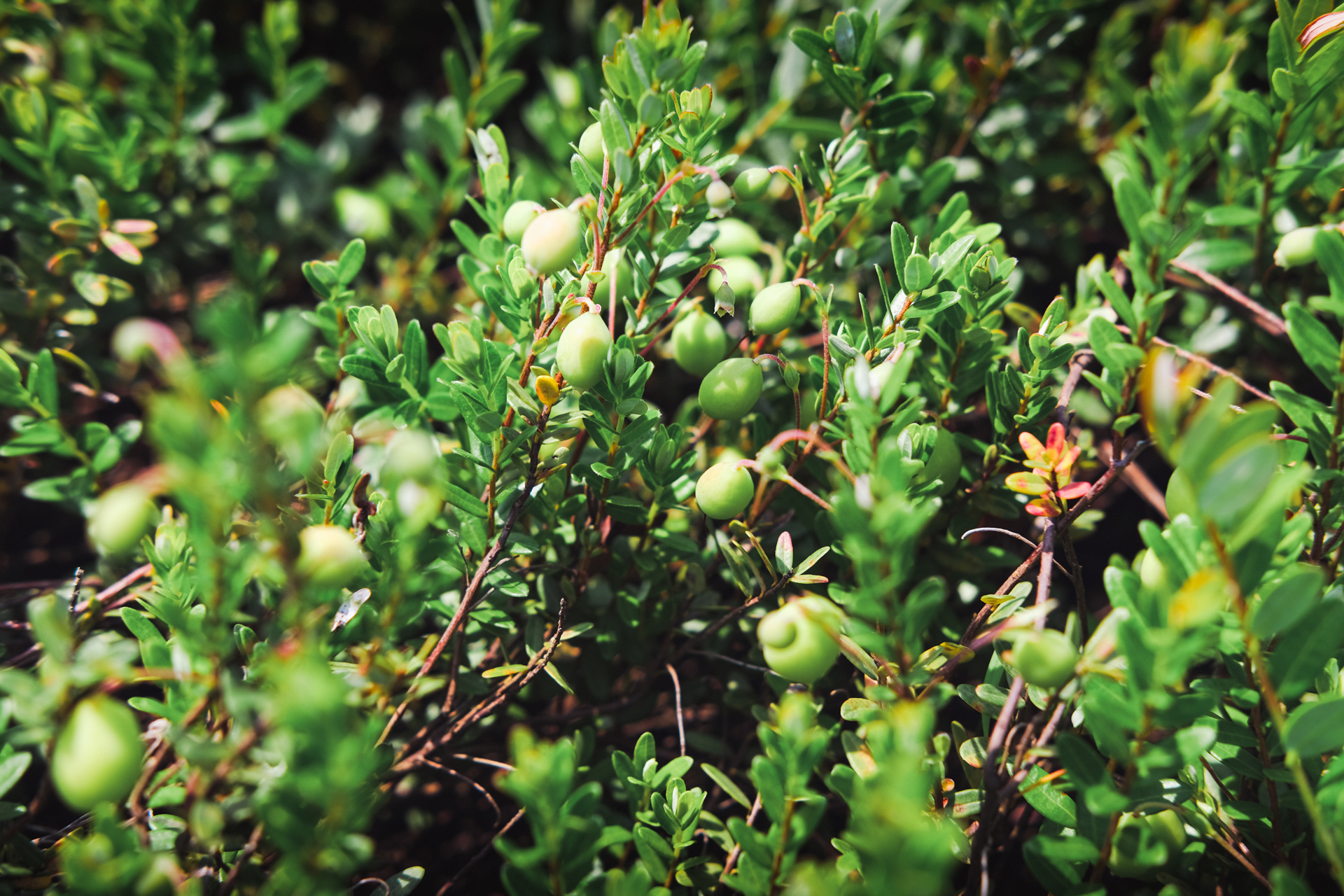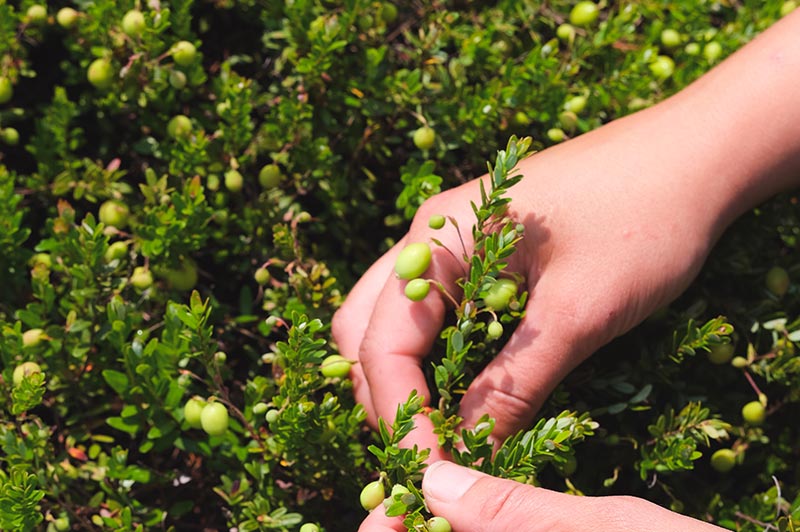
In June, the cranberry crop enters one of the most crucial stages of its annual cycle: flowering.
This phase follows the bud elongation stage, when the formation of “hooks” is are observed. These curved floral structures, still closed, herald the imminent opening of the flowers.
At this growth stage, harvest potential can be assessed based on the number of stems with fruiting potential.
During this period, frost protection may still be necessary if cold nighttime temperatures persist. As at the previous growth stage, growers continue to monitor the weather forecast to activate the farm’s sprinklers (or irrigation systems) where necessary to ensure the safety of the flowers and new growth.

During this same period, pest scouting is actively pursued. This monitoring is essential to protect plants, flower structures and developing fruit. Each phytosanitary application is carried out under agronomic recommendation, according to precise tolerance thresholds. The products used are rigorously approved each year by our team, according to current standards, with clearly established pre-harvest intervals to ensure the absence of non-standard residues in the fruit at harvest, guaranteeing a quality berry!
At the same time, fertilization of the vines also begins at this stage. The aim is to boost plant vigour and encourage good fruit set. Fertilization takes into account field age, the plant’s nutritional needs, density, leaf analysis and yield potential. It should be noted that the duration of flowering can vary from two to three weeks, depending on climatic conditions and the varieties grown.

In short, the flowering period is a pivotal point in cranberry production. It combines major biological, technical and environmental issues, and requires constant attention and rigorous monitoring to ensure optimal, long-lasting fruit set.
It’s the simple everyday things that make our berries so tender, tasty, healthy and give them the perfect texture. Each parcel of land we farm with care and respect. Each extra day we wait to ensure crops are harvested at peak ripeness. Each minute saved between field and freezer. Each berry perfectly preserved. Each unwanted substance detected and eliminated. And each delicious bite our customers enjoy.




